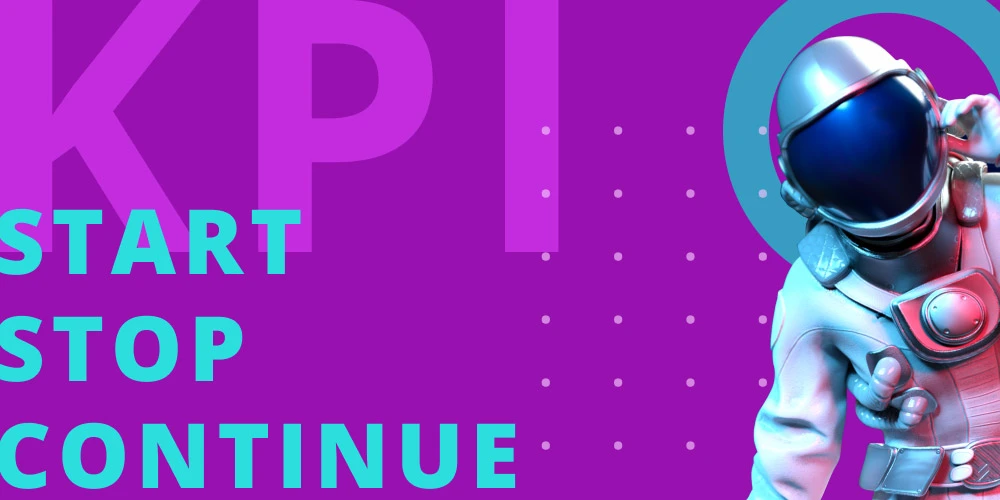
The one thing I love about the web site space is there is an infinite amount of things to learn. For many of us this can cause shiny object syndrome. You know, where there are so many appealing options that you get caught up in chasing one after another, and loosing direction.
Because of the vast amount and ever changing platforms we do need to be continually testing and trying new things that can be opportunities for our site. So it's not that we shouldn't be chasing these shiny objects, it's that we need a way to keep us from chasing them too far down the rabbit hole.
Weather your a single site operator or in a team environment you can systematically solve this issue using managerial and technical approaches. By following these two key monthly reports you can make work load decisions base on this data.
Key performance indicators
The first one is the KPIs (key performance indicator) report that comes from the management side of the process. This is a break down of how good the primary aspects of your site is doing. For this I use data metric tools like Google Developer Tools, analytics and social media. The main thing for getting your KPIs is to focus on the higher priority metrics of your site.
Focusing on the stronger points of a site will help give direction on where to put resources.
So for example lets say the bounce rate on key pages of your site that has increased based on the previous months analytics. We can then prioritize which pages call for more urgent attention in this report based on over all traffic.
Now that we know what areas of the site are doing good and not so good, we can apply this to the second step in the process.
Start stop continue
This is the technical side of the process that continually evaluates the technologies that we are using. It will also give us a simple set of categories for tracking each technology.
Start
Start is for finding what new ideas do we want to start this next month that could be opportunities to pursue.
Stop
Stop is for things that we tried out last month that aren't working.
Continue
Finally continue is for what are we going to keep using because it's actually working.
Putting them together
Now that we have these two reports we can prioritize what needs to be done. Based on the KPIs we can make a much more informed decision of what would most likely benefit from the start, stop and continue method.
So for example, say the KPIs report is showing a slowing of traffic on pages where an image optimization plugin is being used. We can then look at other options or put resources into optimizing this plugin and
Many of the technologies we use are good for stages of growth but can quickly be out grown or out dated. So using this method helps keep us in the habit of renewing these technologies if needed.
Although this is an intuitive process, it's good to have a structure to help stay focused on what is most important for making weekly and monthly work item decisions. This can also be used as a baseline for creating best practices in leadership, management and scaling operations.
Conclusion
By implementing this process into your workflow it helps put a spot light on what shiny objects to chase and which ones to ignore. This has been helpful for me by adding just enough structure to my workflow while keeping perspective goals in focus.